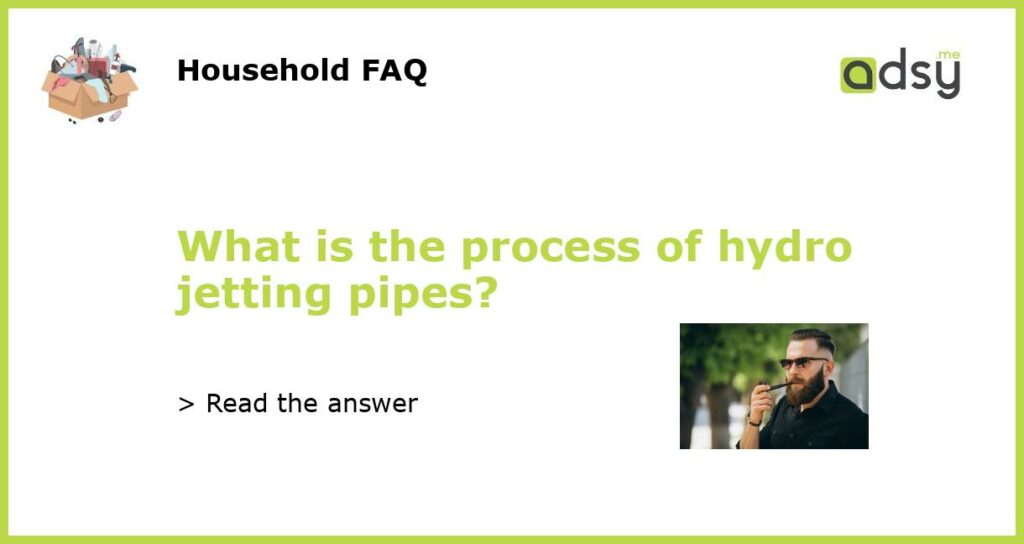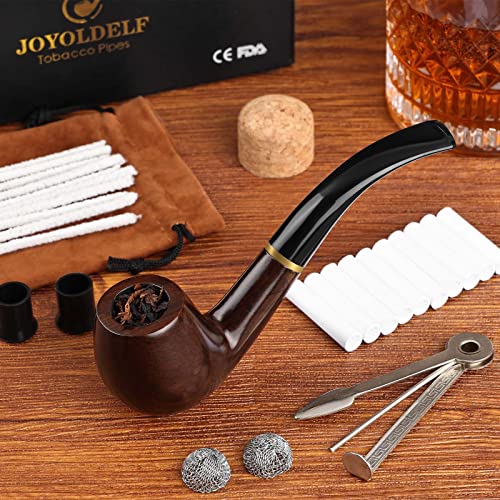What is the process of hydro jetting pipes?
Hydro jetting is a highly effective method used to clean clogged or blocked pipes. This process involves using high-pressure water to remove debris, grease, and other substances that may be causing the blockage. It is a preferred method compared to traditional methods as it is more efficient and less invasive. Hydro jetting can be used in various types of pipes, including residential and commercial plumbing systems. In this article, we will discuss the process of hydro jetting pipes in detail.
Step 1: Inspection and Preparation
The first step in the hydro jetting process is to inspect the pipes. This is done using a video camera that is inserted into the pipes to identify the location and extent of the blockage. The camera provides real-time footage that helps the technician determine the best course of action. Once the inspection is complete, the technician will prepare for the hydro jetting process by connecting a high-pressure hose to a specialized machine.
Step 2: High-Pressure Water Jet
Once the preparation is complete, the hydro jetting process begins. The technician will insert the high-pressure hose into the pipe through an access point or cleanout. The high-pressure machine will then be activated, which will release a powerful stream of water into the pipe. The water is pressurized to a level that can range from 1,500 to 4,000 pounds per square inch (psi). The high-pressure water jet is capable of breaking up and dislodging even the most stubborn blockages.
Step 3: Thorough Cleaning
As the high-pressure water jet is released into the pipe, it will move through the pipes, breaking up and flushing away debris, grease, and other substances. The force of the water is strong enough to remove scale buildup, tree roots, and other obstructions that may be blocking the pipes. The technician will guide the hose throughout the pipe system to ensure that all areas are thoroughly cleaned. This process is highly effective in removing even the toughest blockages.
Step 4: Inspection and Follow-Up
After the hydro jetting process is complete, the technician will perform a follow-up inspection to ensure that all blockages have been effectively removed. This may involve reinserting the video camera into the pipes to check for any remaining debris or signs of damage. If any issues are identified, the technician will recommend further steps to rectify the problem. In most cases, hydro jetting is sufficient to fully clean the pipes and restore proper flow.
Step 5: Maintenance and Prevention
Once the hydro jetting process is complete and the pipes are thoroughly cleaned, it is important to implement regular maintenance and prevention measures to avoid future blockages. This may include regular inspections, drain cleaning treatments, and avoiding the disposal of grease, oil, or other substances that can contribute to pipe blockages. By following these maintenance practices, you can prevent the need for future hydro jetting and ensure the longevity and efficiency of your plumbing system.






